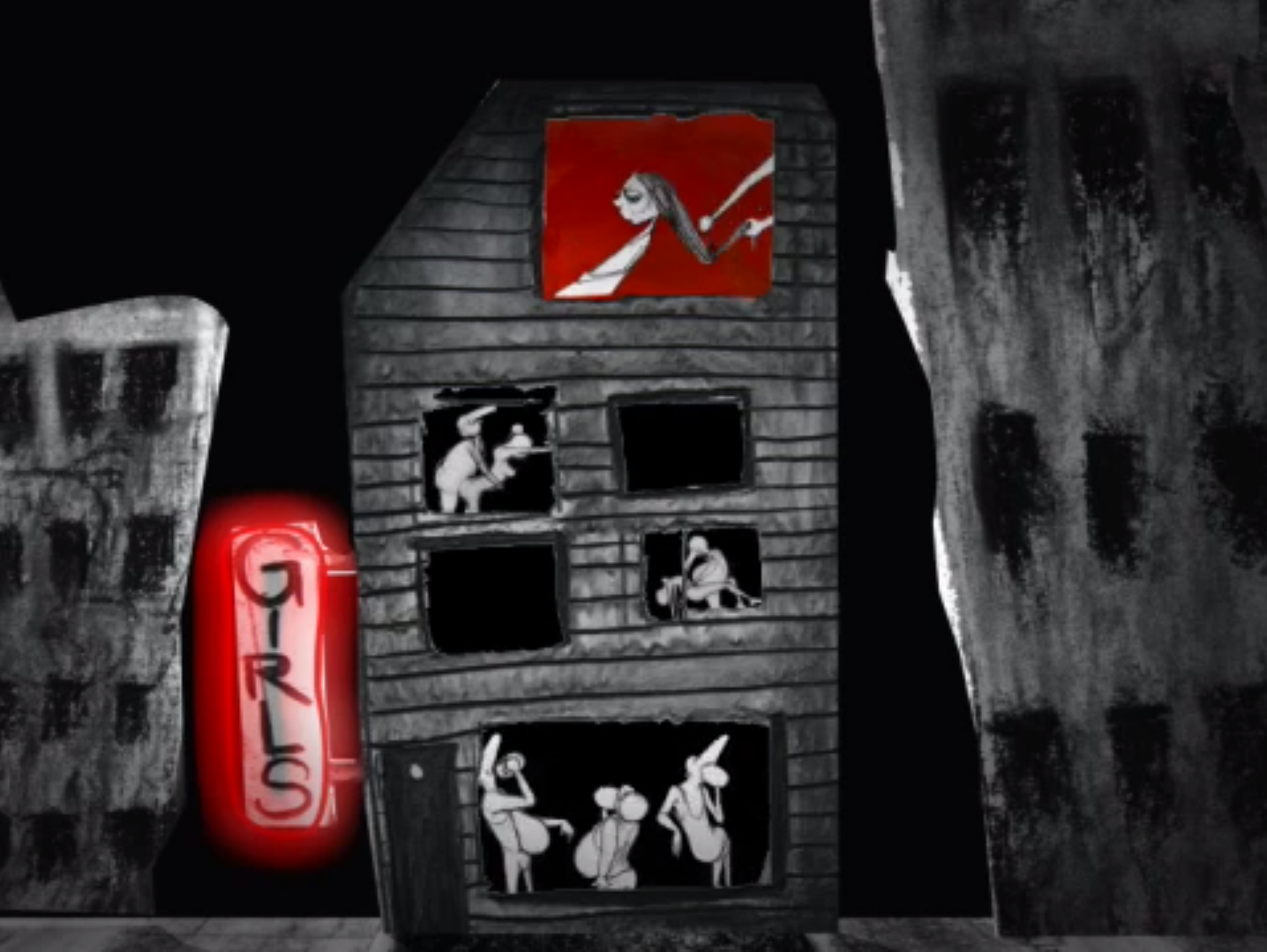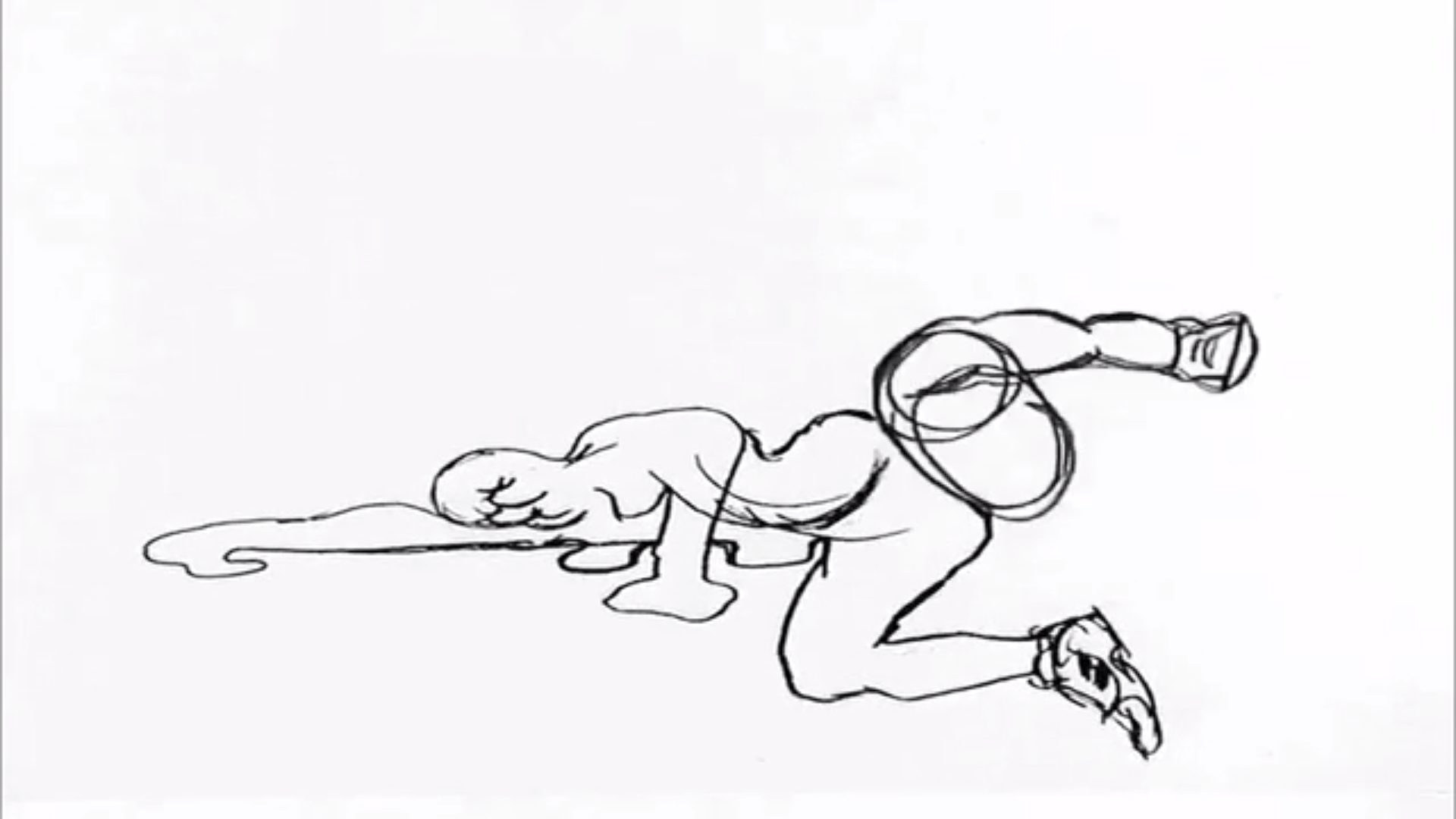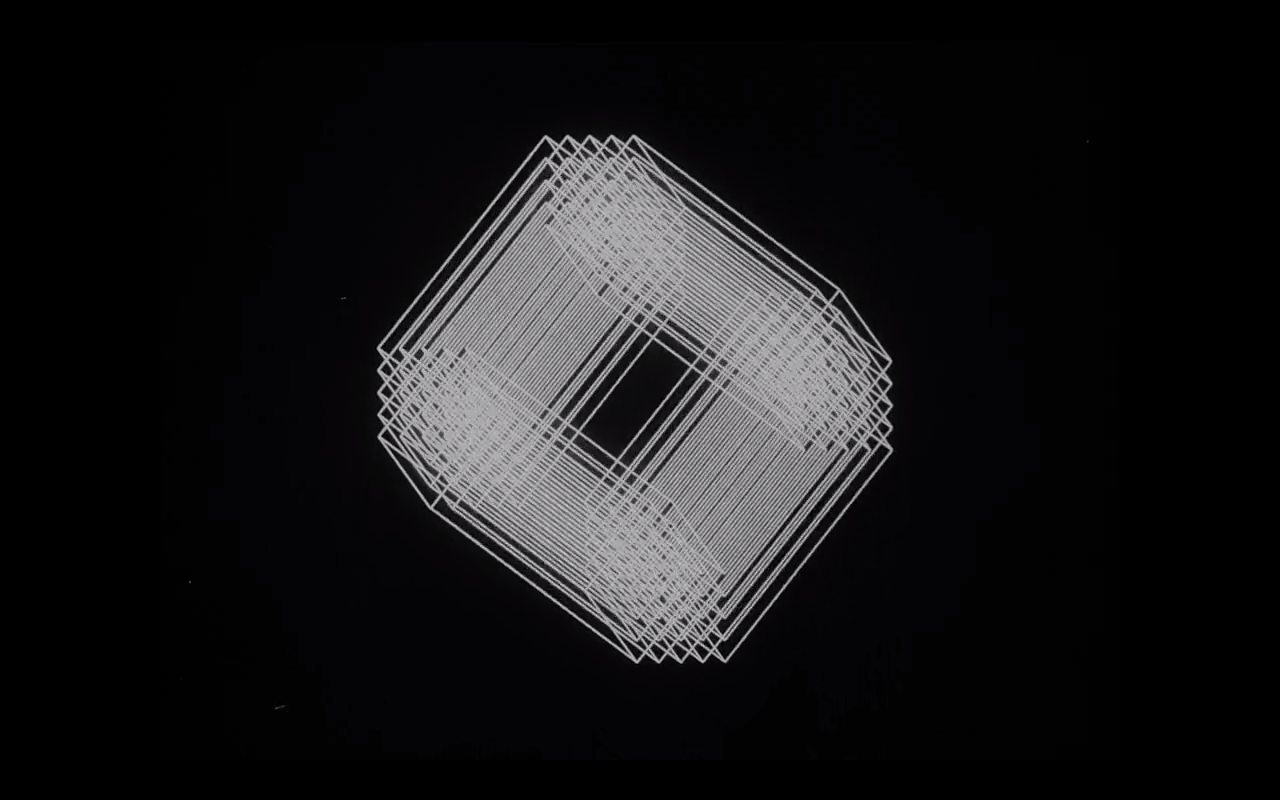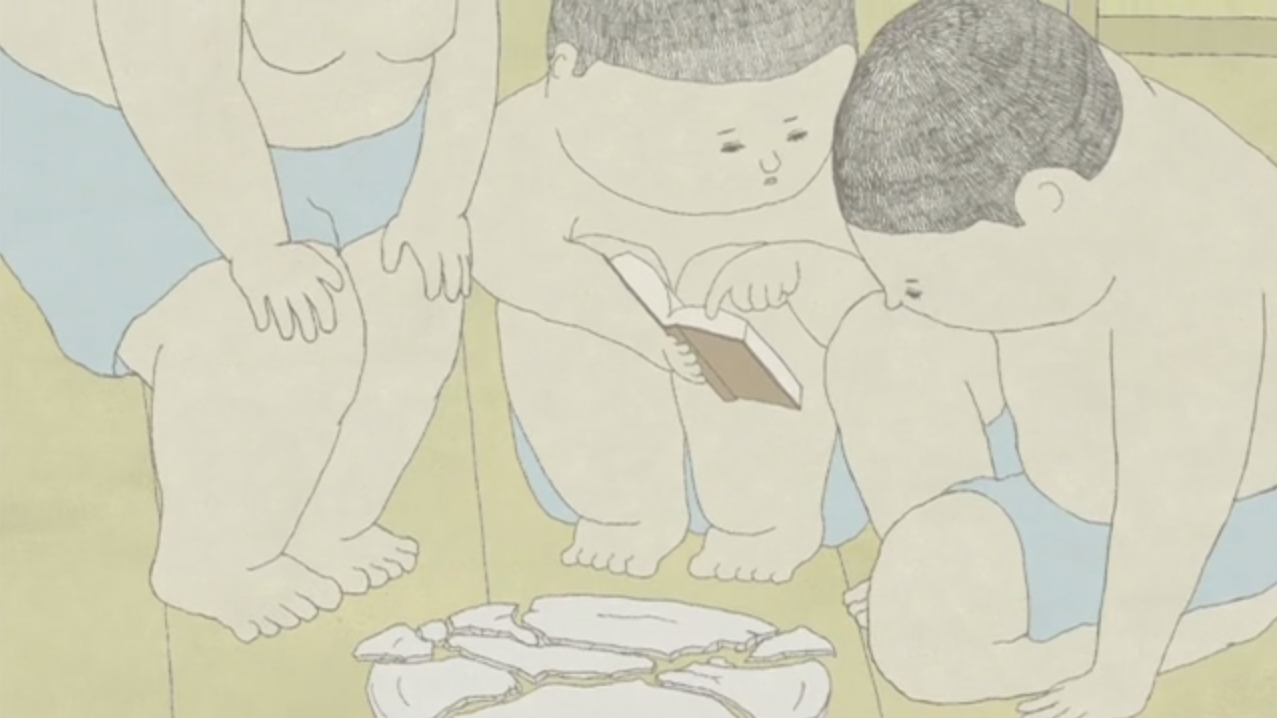The Girl With Stories In Her Hair, Rotting Artist and Of Unknown Origin
11 – 15 September 2014
ANIMATE PROJECTS TRIPLE BILL
Phoebe Boswell
The Girl With Stories In Her Hair
2010, 2′ 52″
PHOEBE BOSWELL ON THE GIRL WITH STORIES IN HER HAIR
” ‘The Girl With Stories In Her Hair’ was my final student film at Central St Martins. It was made in collaboration with the National Gallery Education department, as part of a commissioned programme called ‘Transitions’, where we were asked to choose a painting from the permanent collection as inspiration for our final films. I chose Edgar Degas’ La Coiffure and focused on the contradictive nature of Degas’ voyeuristic, misogynistic manner through which the painting was conceived, juxtaposed with the conveyed warmth and intimacy of the painting itself, and also memories of my mother combing my hair as a child.”
LINKS
CREDITS
A film by Phoebe Boswell
Music by Andrés Franco Medina-more
Music Performed by El Grupo De Musicos (Flute and artistic direction – Oscar Romando, Oboe – Francisca Ettlin, Cello – Fabiola Flores)
Poem written and performed by Phoebe Boswell
Ann Course and Paul Clark
Rotting Artist
2002, 3’10”
SYNOPSIS
People try it on in the Croxley bunkers, and when the head of the household shoves his bendy cane brush right up the chimney we would do well to run to the other side of the road and watch it appear out the top for…
LINKS
LUX Artist Profile – Ann Course
CREDITS
Directors Ann Course & Paul Clark
Line Producer Steve Connolly
Edwin Rostron
Of Unknown Origin
2010, 3’00”
SYNOPSIS
Electronic Voice Phenomena (EVP) recordings present messages ‘of unknown origin’ heard in radio frequencies and background noise, and possess a distorted, unearthly quality. Many researchers into the EVP believe they are the voices of the dead. Through a series of fragmentary scenes rendered in pencil and watercolour animation we enter into an unsettling territory somewhere between the real and the abstract. We hear the strange sounds of the EVP, and Cass himself talking about his work. But the film is not ‘about’ Cass, instead it takes the details of his life and work, and the recordings themselves, as a route to explore the hidden realms of the unconscious mind. The film mirrors the uncanny, inexplicable nature of the EVP, the mystery and poetry of the recordings, and challenges rational explanations.
LINKS
Filmography available here
CREDITS
Director Edwin Rostron
Music Supreme Vagabond Craftsman
Sound Design Edwin Rostron
Featuring the following recordings by Raymond Cass – Raymond Cass, Aircraft Intercept, Radio Luxembourg, Out of this World, Tramping, Dead Machines and Una from the album The Ghost Orchid (PARC CD1) published by Touch Music [MCPS] and Section One and Section Three from parc.web.fm
Thanks to The Raymond Cass Foundation.
Carroll / Fletcher would like to thank Abigail Addison and Animate Projects for their collaboration in the programming of this season of films







